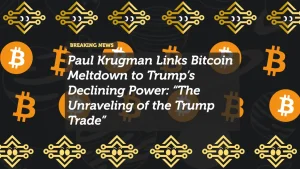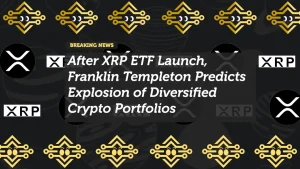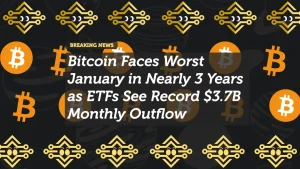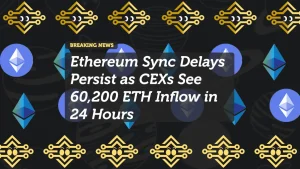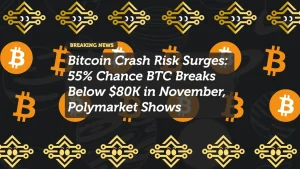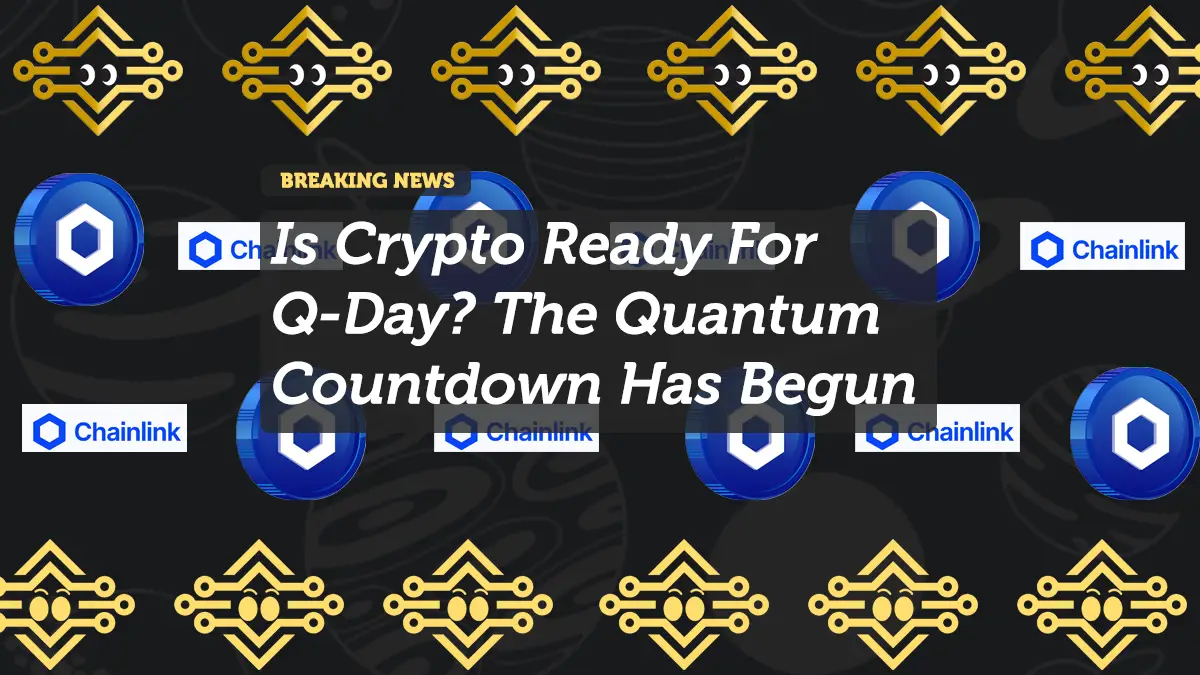
Is Crypto Ready For Q-Day? The Quantum Countdown Has Begun
A quiet yet existential threat is looming over the cryptocurrency market — one that no macro cycle, ETF approval, or halving event can delay. It’s called Q-Day — the hypothetical moment when quantum computers become powerful enough to break modern cryptography.
While many in the crypto community dismiss quantum threats as decades away, recent developments from IBM, Google, and D-Wave suggest the countdown has already begun. For digital assets secured by elliptic-curve cryptography (ECC), including Bitcoin, Ethereum, and most blockchains, this could change everything.
The Quantum Threat Explained
Current blockchains rely on ECC to protect public and private keys — mathematical puzzles that are easy to verify but almost impossible to reverse. Quantum computers, however, can theoretically solve these puzzles thousands of times faster than classical machines using algorithms like Shor’s.
Once such machines reach practical scalability, a bad actor could derive private keys from public ones, giving them full control of crypto wallets.
In plain terms: Q-Day would make most current crypto systems obsolete overnight.
Recent Quantum Advances Accelerate the Timeline
In 2025, IBM announced its Condor 1,121-qubit processor, marking the first time quantum coherence scaled beyond 1,000 qubits. Google’s quantum division followed by demonstrating a 47-qubit system capable of outperforming traditional supercomputers on select benchmarks.
While these machines aren’t yet powerful enough to threaten ECC, experts warn that the pace of improvement mirrors early GPU evolution, suggesting Q-Day could arrive within 5–10 years — much sooner than many blockchain developers expect.
How Vulnerable Is Crypto Really?
Not all blockchains are equally exposed.
- Bitcoin and Ethereum rely on ECDSA signatures that are theoretically breakable with around 4,000 logical qubits.
- Post-quantum algorithms like lattice-based and hash-based schemes are emerging, but they aren’t widely adopted.
- Layer-1 chains like Cardano, Algorand, and IOTA have begun exploring quantum-resistant protocols, though real deployment remains in early research stages.
The National Institute of Standards and Technology (NIST) has already approved new post-quantum cryptographic standards — a wake-up call to the blockchain world.
Industry Response: From Denial to Preparation
So far, crypto’s response has been mixed. Bitcoin Core contributors have quietly debated migration paths to quantum-safe signatures, while Ethereum’s Vitalik Buterin has suggested phased rollouts of quantum-resistant key schemes through hard forks or rollups.
Meanwhile, startups like QANplatform and Quantinuum are positioning themselves as leaders in “quantum-secure” blockchain solutions, pitching hybrid architectures that can withstand quantum decryption attempts.
The Race to Quantum-Proof Blockchain
Preparing for Q-Day won’t be easy.
Any hard fork or migration to a post-quantum system will need:
- Massive coordination across validators, exchanges, and users.
- Backward compatibility to protect older wallets and smart contracts.
- Testing and standardization against not just theoretical, but real-world quantum attacks.
However, developers agree that doing nothing is no longer an option. If a hostile quantum actor arises before the transition is complete, early wallets — especially dormant ones — could be drained instantly.
What Investors Should Know
For crypto investors, the quantum countdown may sound abstract, but it has tangible implications:
- Short-term: Minimal impact until a breakthrough occurs.
- Medium-term: Expect new “quantum-safe” tokens and infrastructure projects to emerge, creating new narratives (and hype cycles).
- Long-term: The survival of today’s top blockchains depends on how quickly they adapt.
Institutional players like BlackRock, Fidelity, and JPMorgan have already commissioned research into quantum-resilient custody solutions, underscoring that major capital is taking the threat seriously.
Conclusion
The crypto industry has overcome regulation, hacks, and volatility — but Q-Day represents a different challenge altogether: a mathematical extinction event for unprepared chains.
Quantum computing’s progress is no longer science fiction; it’s a measurable, accelerating reality. The question is no longer if Q-Day will come — but whether crypto will be ready when it does.











